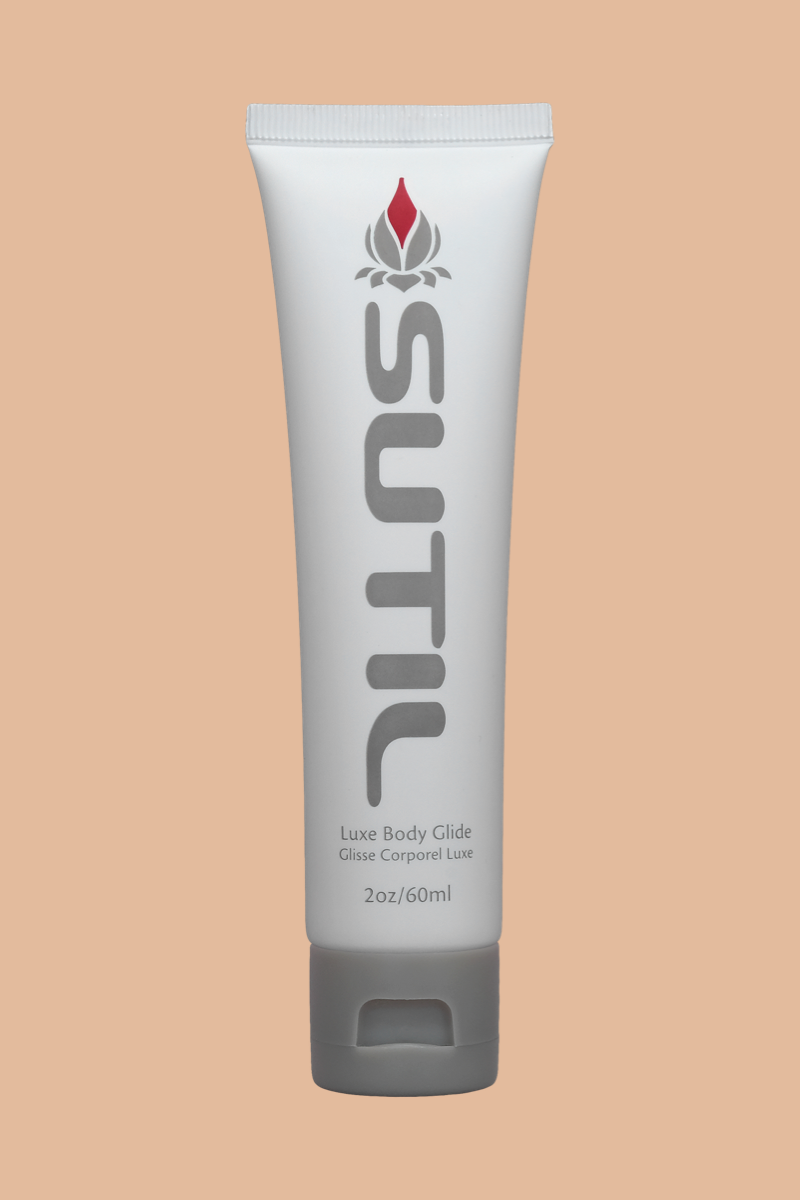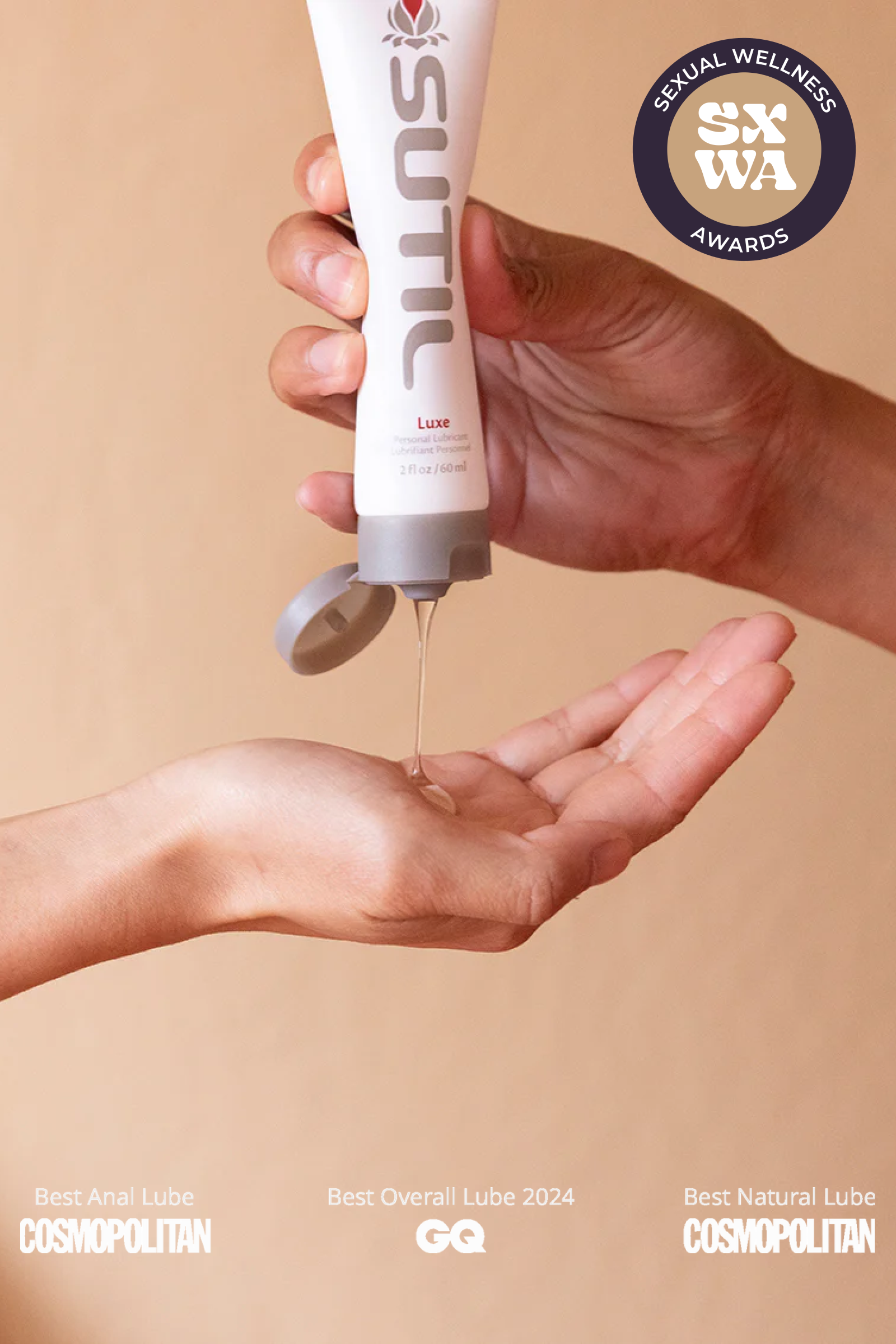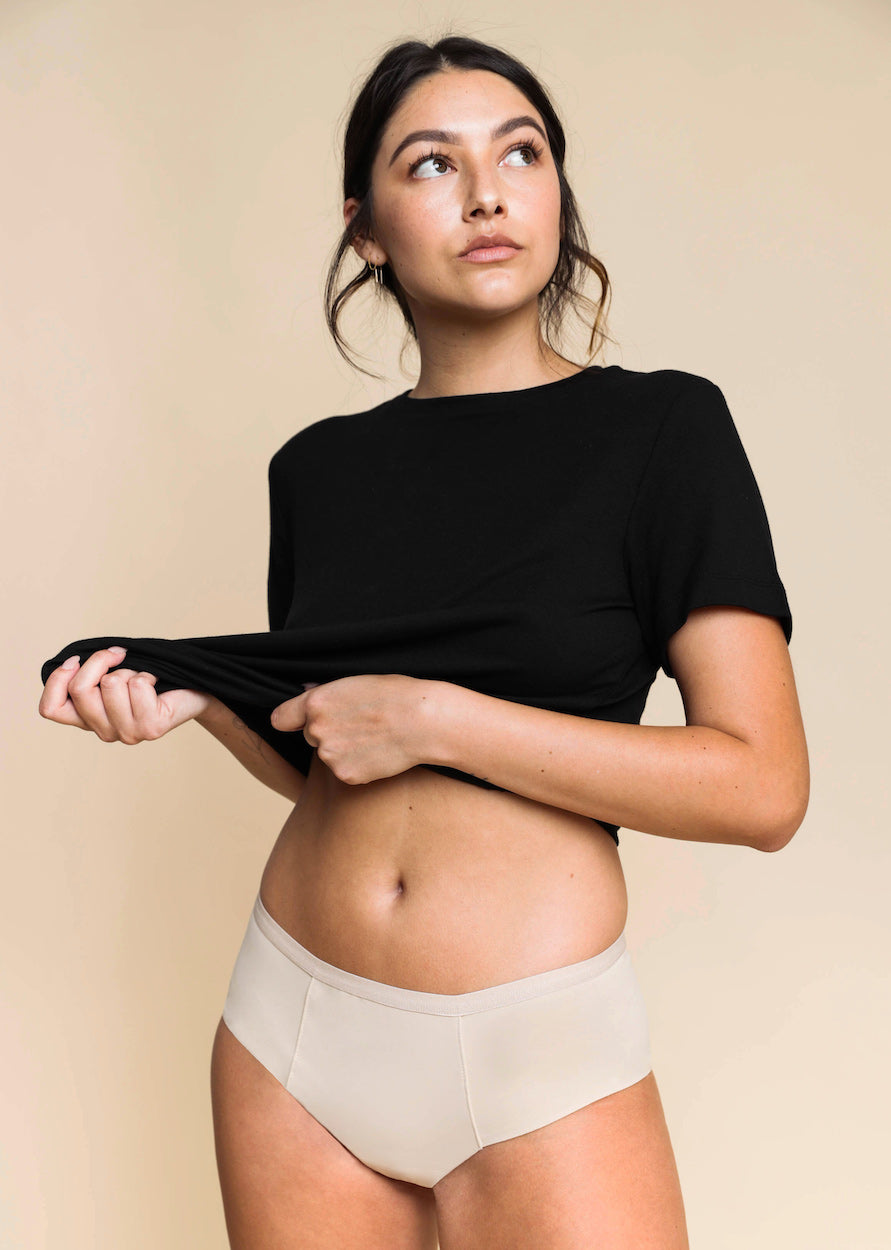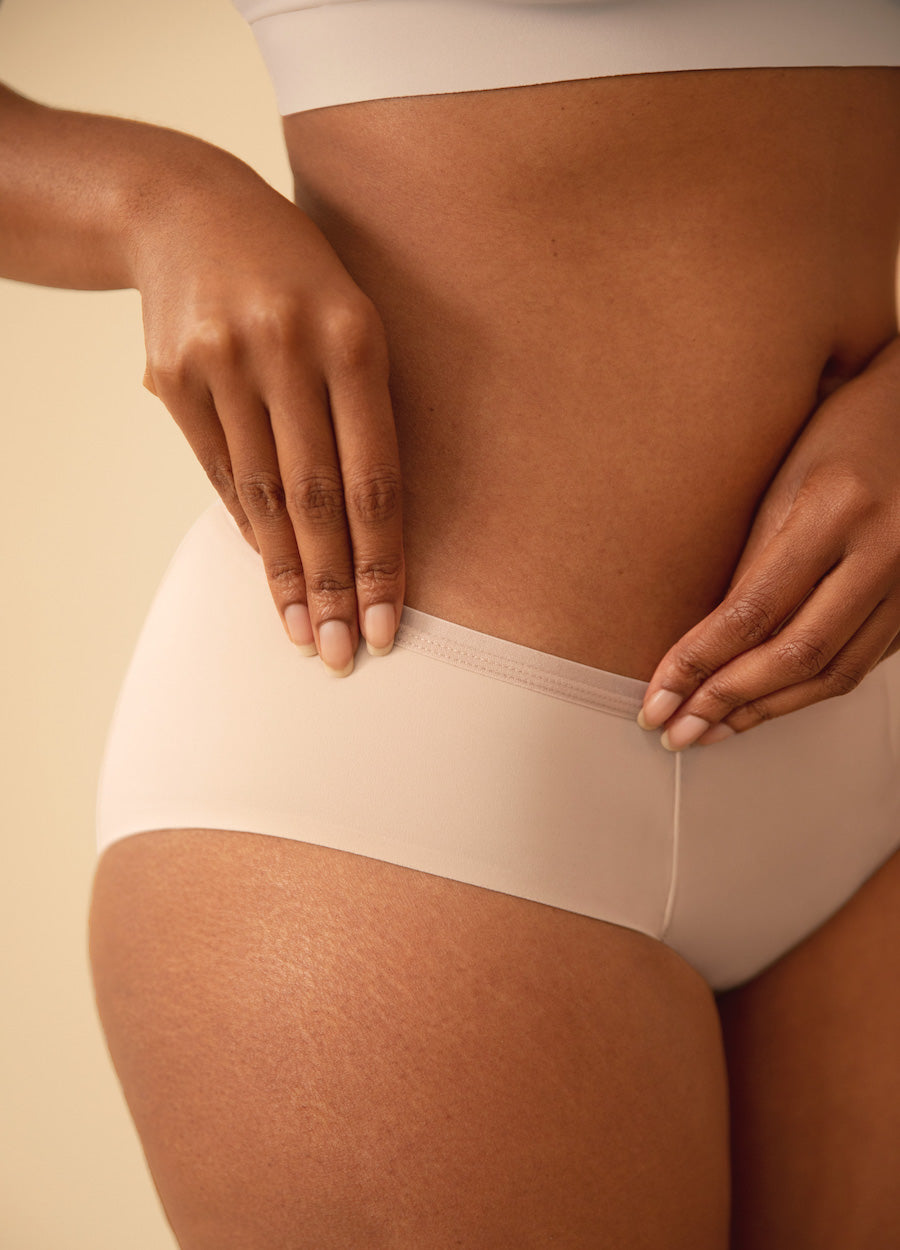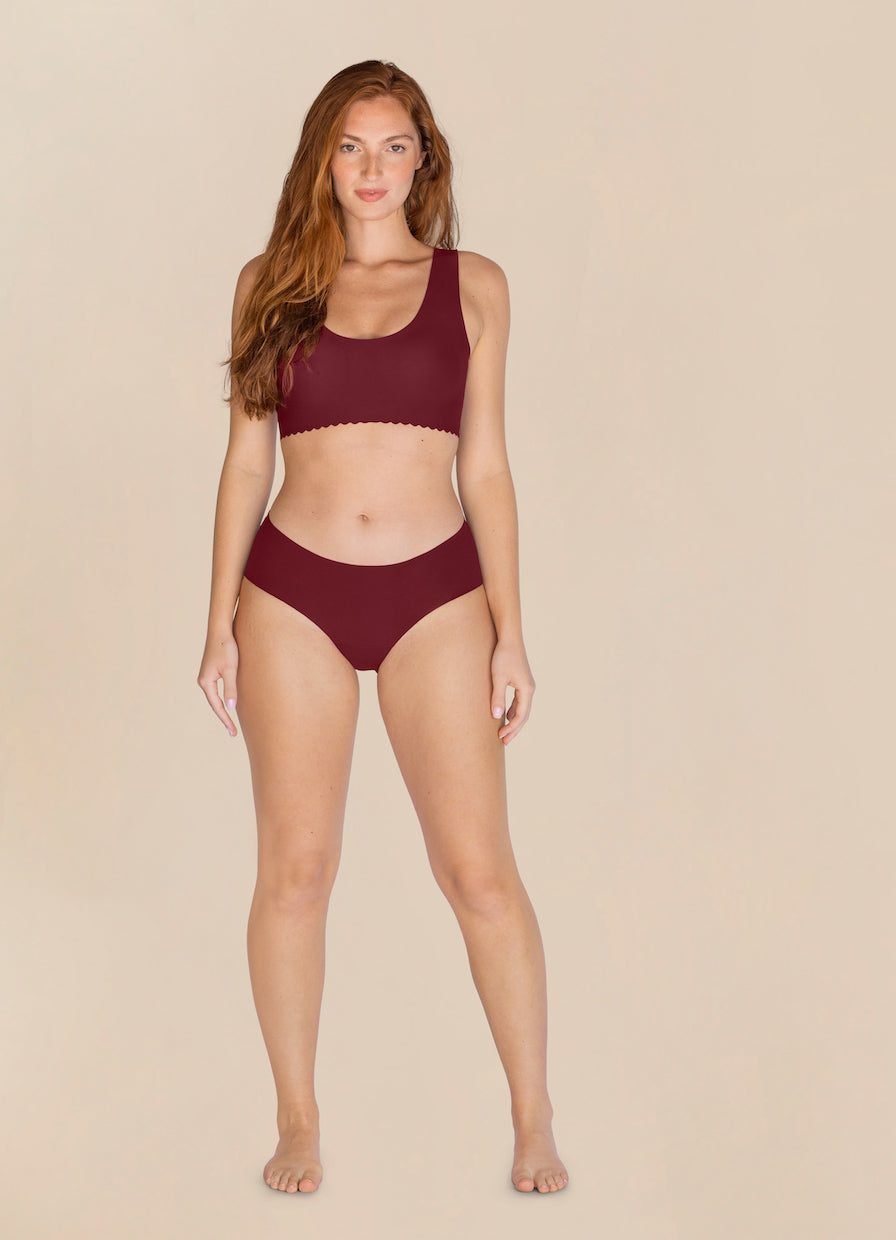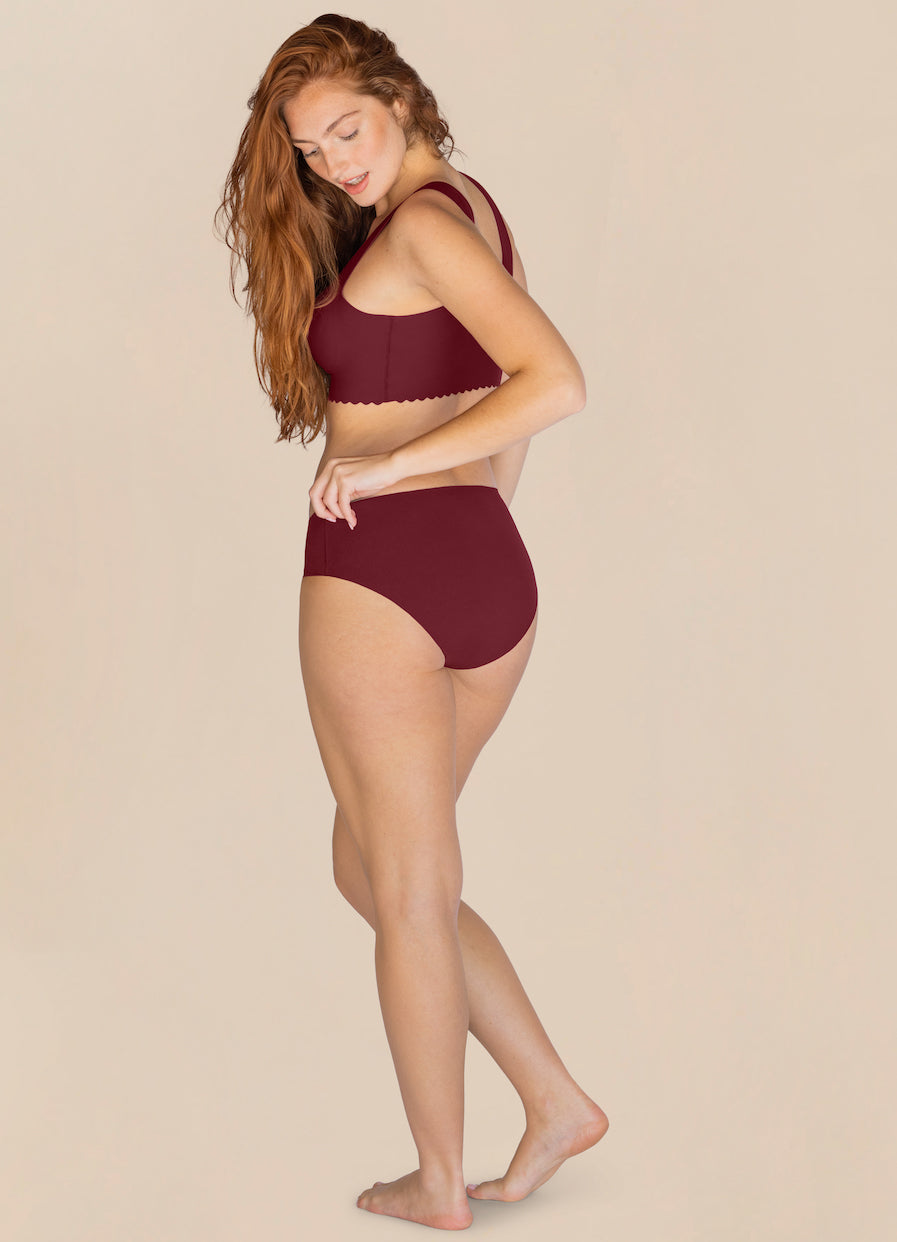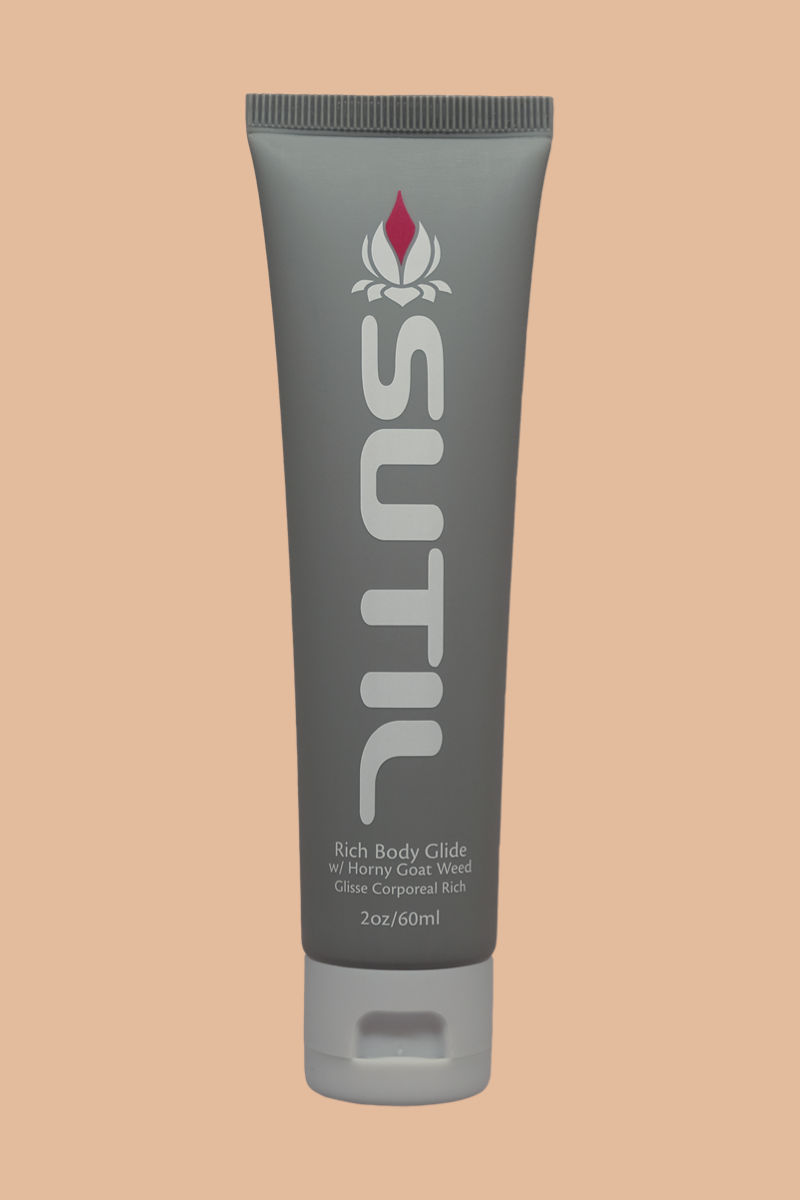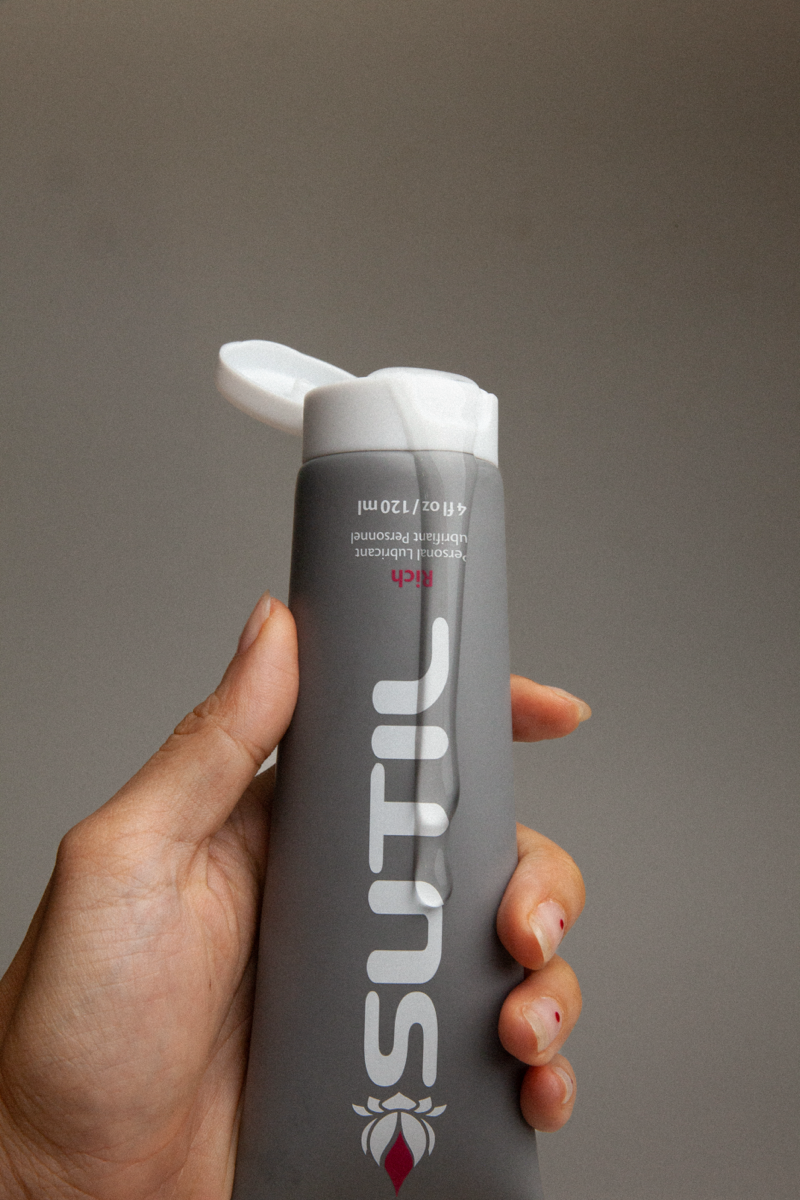FAQ - Frequently Asked Question
Product questions : Period Underwear
Yes! One of the biggest bonuses of switching to period underwear is that they are machine-washable and reusable, so you can use them again and again. Make the switch and keep single-use plastic products out of landfills and oceans, while saving money over disposable period products. Talk about a win-win!
One way to tell when your undies are full is by looking at the side seam of the gusset and feeling if it is wet. If you notice blood at the seam, this is a good indication that your underwear is full. Over time, you’ll start to get a sense of your unique flow and how long you can wear certain underwear. If you’re new to period underwear, we recommend bringing an extra pair along and changing sooner rather than later.
Yes! Period underwear can be used to replace or back up tampons and cups, or replace pads and pantyliners. They pull liquid into the absorbent core, so layering a pad over the gusset will not allow the underwear to do its *super absorbent, moisture-wicking* magic.
Period underwear features a layered combination of various fabrics that are specifically designed to pull liquid away from the body and trap it inside the underwear, so it doesn’t leak out. Make sure to choose the appropriate absorbency level of the underwear to match the changing levels of your flow.
Proof undies feature strong protection, but should be washed gently. Simply toss in the washing machine on a delicate cycle, using cold water and mild detergent. Hang or lay flat to dry.
- Hand rinse in cold water before washing
- Use a mesh bag to maintain good shape
- Do not put your undies in the dryer
- Don't twist or wring — lay flat or hang dry
- Do not use harsh detergents or bleach
Traditional single-use period products like tampons, pads, and panty liners create an enormous amount of waste. On average, a single woman may dispose of 11,000 pads in her lifetime - about 136kg of waste in total. Even organic or biodegradable pads have hidden plastics and non-biodegradable components that can take up to 800 years to decompose. Single-use period waste doesn’t just end up in landfills. Plastic applicators from tampons often make it to the ocean, where they are ingested by wildlife, wash up on sandy shores, or break down to microplastics, posing a serious threat to ocean life. By switching to period underwear, you are committing to reducing your carbon footprint and creating a more sustainable future for our mother earth!
Period underwear lasts at maximum tech performance for industry standard of 40 washes or ~2 years, if cared for properly. This means washing them on a gentle cycle with the rest of your delicates, never using bleach or fabric softener, and hang drying.
Yes, period underwear are safe (and comfy) to sleep in! Our favorite for sleeping is Proof’s Leakproof Hispter replace 3 regular pads and hold up to 10 teaspoons of fluids.
Period underwear have come a long way, but even the best ones can feel wet if you wear them for too long. Change them every 8 to 12 hours, depending on the absorbency level of your underwear. Proof’s underwear comes with a thin upper layer that whisks away all the liquid into an absorption layer underneath, so it is unlikely you’ll feel the soggy like a diaper.
Proof leakproof underwear are equipped with moisture-wicking lining and antimicrobial fibers that inhibit the growth of bacteria and reduce odor. If you want to refresh and sanitize your undies, simply add a few drops of vinegar or tea tree oil to your washing machine during the rinse cycle and complete washing as normal. Voila! So fresh and so clean.
It’s common and convenient to change them every 8 to 12 hours. So, this gives you adequate protection overnight through an 8-hour sleep.
The best thing to do when you’ve had a leak is to wash your undies as quickly as you can with cold water.The biggest mistake people make when trying to get period blood out of underwear is to run the hottest water possible over it. But hot water can have the opposite effect on fabric and cause stains to set in, making them even more difficult to remove. Instead, go for cold water. If the stain is a little more stubborn, you can try rubbing some lemon juice, baking soda or salt to the stain and give it a gentle message.


